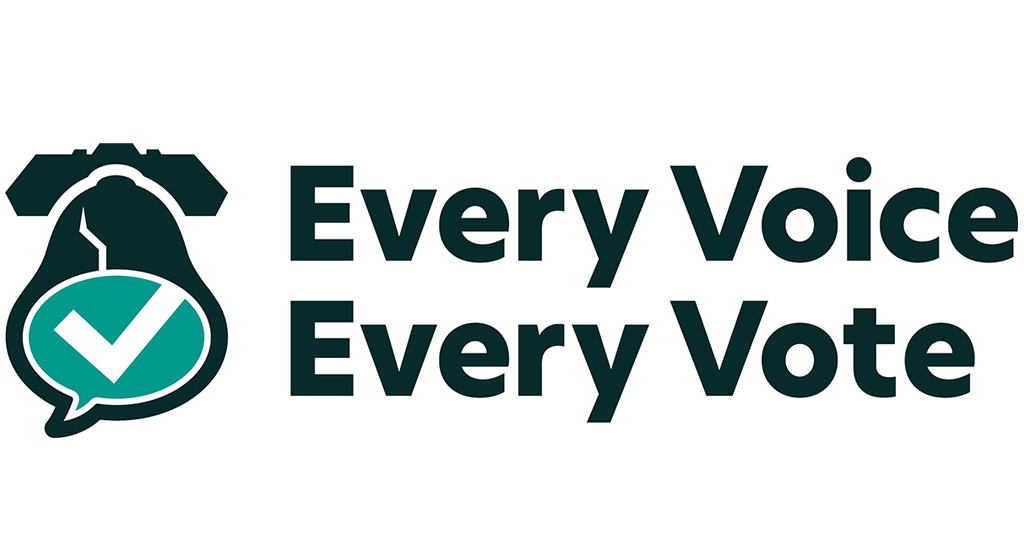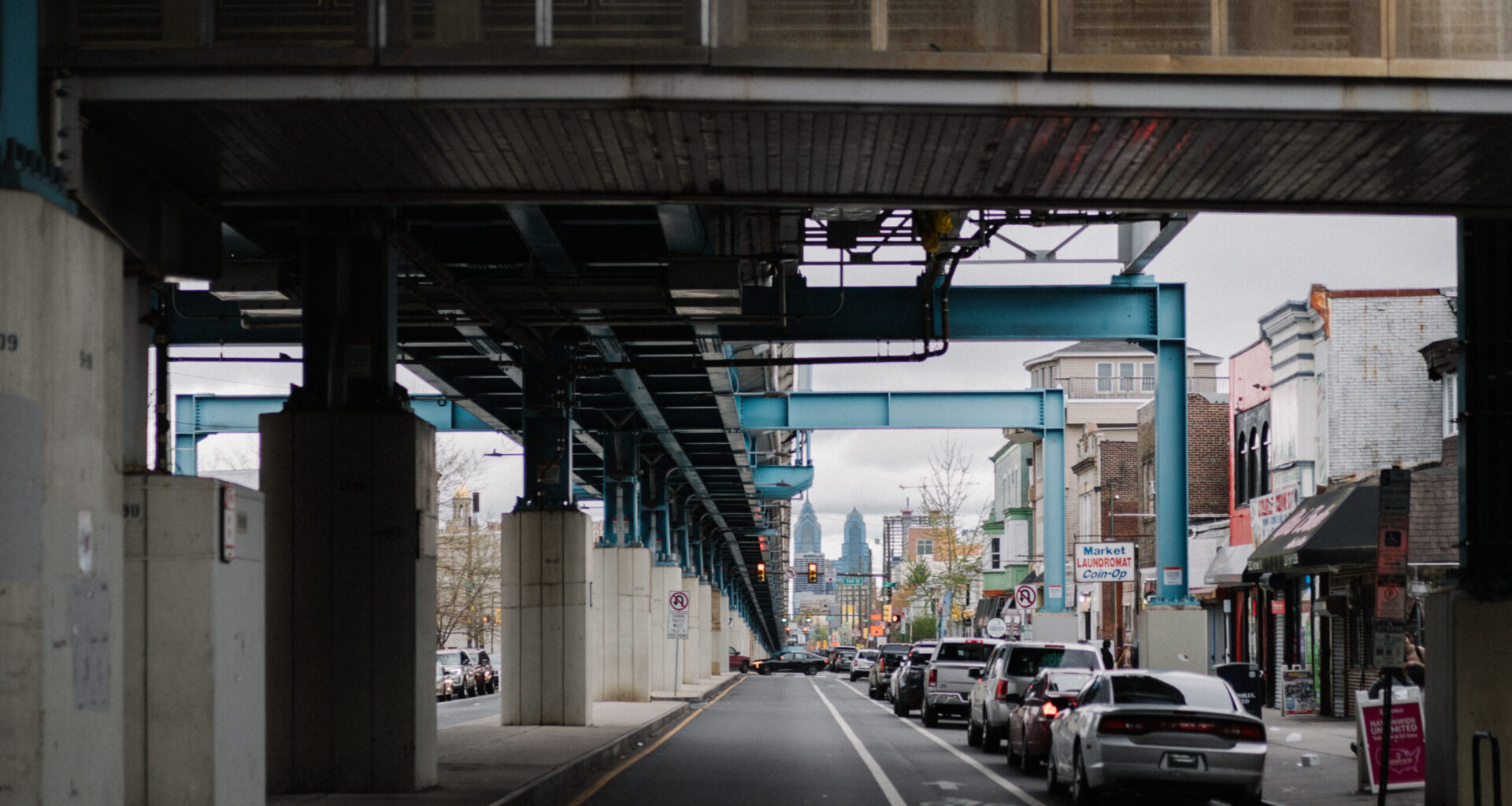All across Philadelphia — from City Hall to the most dangerous blocks — Philadelphians are living with two competing realities: that there are significantly fewer shootings, and also too much blood is still being shed.
During the height of the COVID-19 pandemic and the societal tumult that followed, the city was losing as many as 500 people a year to gunfire. Since then, gun violence has dropped significantly, and Philadelphia is on track to experience the fewest number of shootings in more than a decade. Even as the numbers continue to tick down, though, thousands of Philadelphians remain shrouded in grief, processing the pain of sudden, unfathomable losses.
An analysis from The Trace’s Gun Violence Data Hub underscores this dissonance. The Data Hub looked at shooting and gun homicide data in nearly 150 Philadelphia neighborhoods between 2015 and 2024 and found that, while almost every area saw fewer shootings, the places that started as the most violent remained so during that time span.
The analysis also found that the post-pandemic decline did more than erase the COVID-era shooting spike; as in many American cities, gun violence in Philadelphia is lower than it was 10 years ago. There were 1,294 shootings across the city in 2015; that number reached 2,269 in 2023, before falling to 1,112 in 2024. Gun homicide numbers tell a similar story. Homicides grew from 280 to a peak of 562 in 2021, before landing at 268 last year.
“It is really remarkable for a city that has such an intractable poverty problem — we’re the largest city with the deepest poverty of any city — and we’re still seeing declines in homicides and shootings of this magnitude,” said Caterina Roman, a Temple University criminal justice professor. “I do think there is something that’s happening right, a confluence of things that have been done that all together have created this multiyear decline.”
The data analysis supports the idea that gun violence ebbs and flows at similar rates across the city, but its frequency varies depending on where you live. The neighborhoods that were the most affected in 2015 are still experiencing the most bloodshed a decade later.
In Upper Kensington, shootings dropped dramatically. But the neighborhood still had the most shootings in 2024; the ranking remained consistent over the last 10 years, when there were 951 incidents total. During the 10-year period, Cobbs Creek, in West Philadelphia, which had about 50 percent more residents in 2020, saw 605 shootings — the second-highest number — with the yearly total falling from 78 in 2020 to 47 by 2024.
On the other end of the curve, a small collection of neighborhoods — including some with the smallest populations, saw the fewest shootings, each experiencing a total of one incident between 2015 and 2024: Andorra, Chestnut Hill, Dearnley Park, Normandy Village, Wissahickon, and Wissahickon Park.
‘He’s only 18’
Despite all of the progress, the fact remains that many Philadelphians are still living through the pain of the 3,839 gun deaths — and 16,475 shootings — that marred the city between 2015 and 2024.
In 2018, when Stanley Crawford’s 35-year-old son, William, was gunned down in front of his sister’s home in Philadelphia’s Rhawnhurst community, he became one of 353 homicide victims that year. Although the number of homicides that year was 12 percent higher than in 2017, in hindsight, 2018 proved to be the calm before the pandemic-era storm.
Crawford, a retired fire inspector with the city’s Department of Licenses and Inspections, and cofounder of a North Philadelphia community development organization, began advocating for peace and on behalf of gun violence victims. But today, even as Philadelphia continues to experience a sharp downturn in shootings, Crawford, like many other Philadelphians, is reluctant to breathe a sigh of relief. His caution is derived, in part, from the August shooting of his grandson, William’s child, who was critically wounded while driving his car in North Philadelphia.
“The diminishing shooting statistics does not give my grandson or my family any solace,” said Crawford, who founded two nonprofit organizations designed to help calm the streets. “We still have to contend with my grandson being shot in the stomach and having to have five operations to save his life. He’s only 18.”
A hopeful trend, an unpredictable reality
How gunfire erupts on any given day is often unpredictable, as was the case in the wee hours of July 7 in the Grays Ferry neighborhood, where 12 people were shot, three fatally. Police initially thought the shootings were the result of a shootout between rival groups. A month later, they announced that there weren’t any rival groups, just random people shooting.
Experts advise residents and policymakers to be cautious when celebrating the overall decline in gun violence. “When you see these numbers in neighborhoods where you have 30, 40, 50 shootings a year, these numbers seem low, but each and every one of these shootings are impacting people’s lives, hundreds of people, families, communities,” said Jason Gravel, also a Temple University criminal justice professor.
Gravel said it would be a mistake for the city to reduce its attention and funding toward public safety.
“The city needs to double down and continue investing in those programs that we believe are working to make people’s lives better,” he said. “They have to figure out what works, and that’s difficult to do when you’re throwing everything at the wall. We have to know what has the biggest bang for the buck. I think that may be the next big thing.”
‘Guardians, not warriors’
During a September State of the City address to the Union League of Philadelphia, Mayor Cherelle Parker touted the improving crime numbers and made a bold prediction: “If current trends continue, we may see the lowest number of homicides and shootings in Philadelphia in more than half a century this year,” she said. “But we are not resting.”
As of mid-September, homicides were down 15 percent compared to the same period last year, according to the Philadelphia Police Department. Overall homicides were down 34.4 percent last year compared to 2023.
Parker said the city budget contains $25 million to fund community-based anti-violence programs, while 200 community police officers are on the beat. “Guardians, not warriors,” she said. “That is how we’re making Philadelphia safer.”
The budget also includes a $95 million reserve fund designed to cover any losses in federal funding, city officials said in March. The city’s financial status is unchanged, a mayoral spokesperson said in late September.
Frank Scales, a conservative activist from South Philadelphia, embraced Parker’s general approach to fighting crime, but said he believes the drop in shootings is largely the result of the pandemic winding down. The city’s shortage of police officers, he added, could portend a new rise in shootings if not addressed.
“In Philadelphia, we’re missing 1,500 cops,” Scales said at a September 15 meeting in Southwest Philadelphia, during which he and a handful of associates heckled city District Attorney Larry Krasner, accusing him of demonizing his political opponents and being soft on crime.
Krasner said the drop in shootings should be praised while the city and its residents continue to work toward achieving greater safety. “Homicides look like they’re going to reach their lowest level in 50 years. That is truly amazing because there are more guns on the street every day than the day before. It’s truly amazing because Philadelphia has not solved its poverty problem,” Krasner said. “We can, on the one hand, celebrate that there are a whole lot of lives that are still with us because things are going in the right direction, and on the other hand, we can be encouraged by that to work harder so that we can save more lives.”
‘It’s a war zone’
In the meantime, the brazen nature of many gun attacks keeps neighbors on edge in neighborhoods like Strawberry Mansion. The north central Philadelphia community is home to blocks of aged rowhouses, a fair share abandoned and converted into boarding houses.
Strawberry Mansion sits in the 22nd police district, one of four districts the city has identified as the deadliest; in 2023, PPD sent additional officers to patrol its streets.
Strawberry Mansion had 519 shootings from 2015 through 2024, the seventh-highest number; 25 of them occurred last year.
It was on the porch of a boarding house where Jasmine Johnson, 27, was fatally struck by a bullet on September 16.
Johnson had been speaking with two others shortly after midnight when she was shot in the back. She ran into the house, collapsed, and died in the living room. Police said she was not the intended target; rather, she was more likely caught in the crossfire of two men engaged in a gun battle on opposite sides of the street. Multiple shell casings were recovered from a rifle and a semiautomatic handgun, police said.
The morning daylight revealed that the front of the house, where a handful of children live, had been struck by multiple bullets.
Scales, the Republican activist, said Johnson’s slaying reveals the true state of gun violence in Philadelphia. “You can look at the statistics all you want, but the bottom line is, a 27-year-old woman was sitting on her porch, got shot, fled back into her house and died,” he said. “That was not a shooting, it’s a war zone.”
George LeVines, editor of The Trace’s Gun Violence Data Hub, conducted the analysis and contributed graphics.

The Trace’s reporting in Philadelphia is a part of Every Voice, Every Vote, a collaborative project managed by The Lenfest Institute for Journalism. The William Penn Foundation provides lead support for Every Voice, Every Vote in 2024 and 2025 with additional funding from The Lenfest Institute for Journalism, Comcast NBC Universal, The John S. and James L. Knight Foundation, Henry L. Kimelman Family Foundation, Judy and Peter Leone, Arctos Foundation, Wyncote Foundation, 25th Century Foundation, Dolfinger-McMahon Foundation, and Philadelphia Health Partnership. To learn more about the project and view a full list of supporters, visit www.everyvoice-everyvote.org. Editorial content is created independently of the project’s donors.
